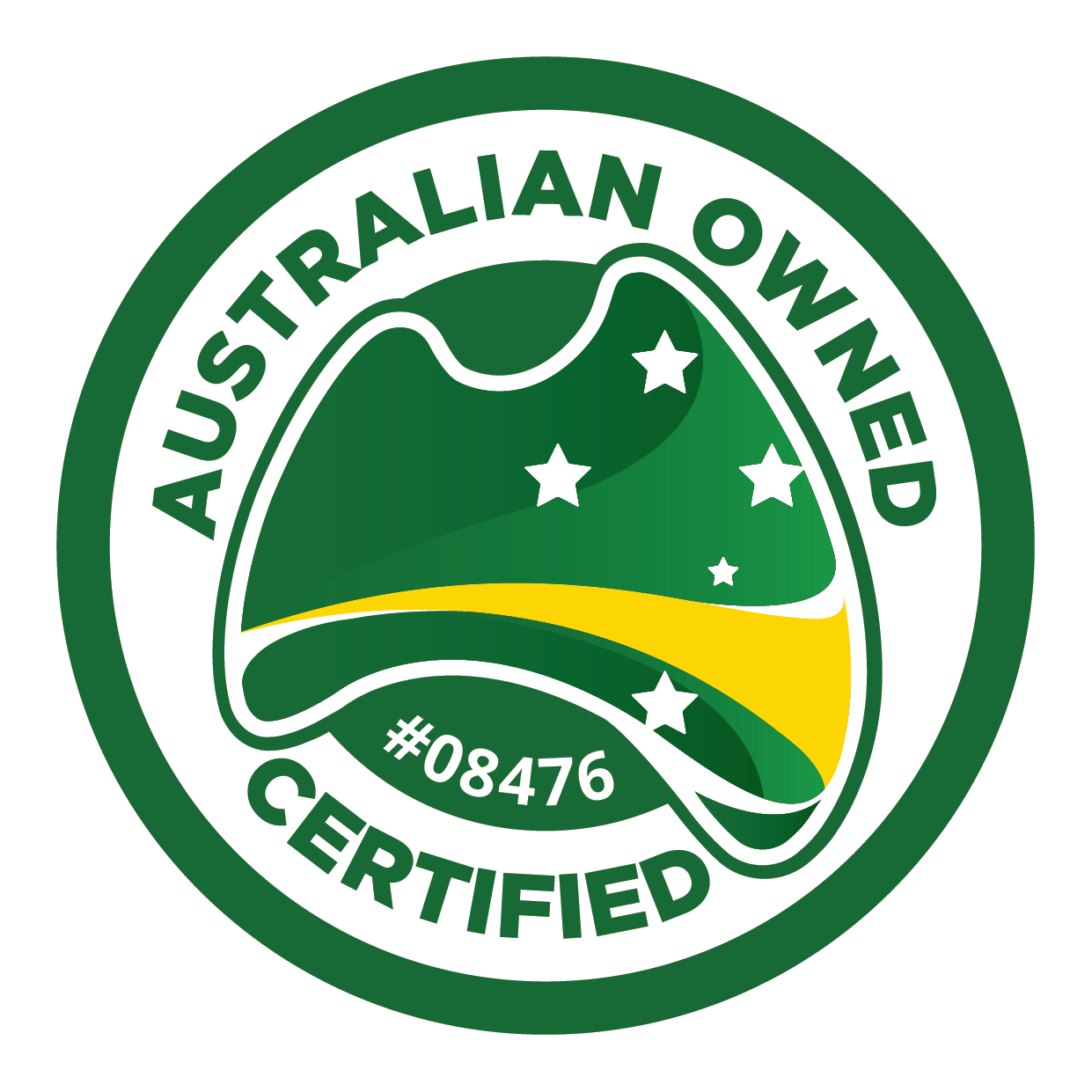24 June 2015 ABL's Guide To Steel Strapping
Steel/Metal Strapping Guide
ABL Is Here To Help!
ABL sells a wide range of steel strapping and steel strapping tooling. This guide aims to help our customers choose which steel strapping, and strapping tooling is right for their situation.
1. What Is Steel Strapping?
Steel strapping is commonly used in industry to secure products to pallets or to bundle products together.
Steel strapping provides a high tensile strength to allow significantly sized / weighted products to be secured in this way.
Steel strapping provides the highest load bearing capability out of the strapping / banding products available including polypropylene and polyester.
Some goods are required by Australian law to be secured by steel strapping in transit.
Most steel strapping is painted, but galvanised (or zinc plated) steel strapping is available to provide the best corrosion resistance for goods being stored out doors in critical applications.
Steel strapping is available in ribbon wound (rolled around on itself, so that the roll is the same width as the strapping), and rope wound (the roll is wound in an oscillating pattern).
2. What Size Strapping Do I Need?
The width of the strapping required is largely determined by the load bearing capability of the strap.
Steel strapping ranges from 12mm wide to 32mm wide, with 19mm strapping being the most commonly used.
Wider (and thicker in some cases) strapping has a higher breaking strain.
Always confirm with the supplier of your strapping the exact specifications of the steel strapping you are purchasing.
They should be able to supply you with exact details on the breaking strains, stretch and origin of each product.
High tensile steel strapping has a significantly higher breaking strain (for example, zinc steel strapping in 19mm x .56 thickness has a breaking strain of 880kg, whereas a 19mm x .80mm thickness has a breaking strain of 1368kg).
Always ensure your strapping tools are of the correct size and capability to match the strapping being used.
3. What Tooling Is Required For Steel Strapping?
Steel strapping is either secured onto your product by seals, which are crimped onto tensioned strapping by a sealing tool or by the use of a seal-less strapping tool which tensions and forms a seal by creating a cut pattern into the strapping which interlocks the two straps creating a super strong permanent seal.
Various tools are available.
For a normal set-up for seals you would require a tensioner, a crimping/sealing tool, and safety shears to cut the strap plus an ongoing purchase of seals.
For a seal-less setup you would require a seal-less strapping tool and some safety shears for unpacking purposes.
Seal-less tools tension and seal in one 20 second operation as compared to a multi-tool seal setup which takes around a minute per strap to organise and implement.
Always make sure that you buy the correct type of tooling for your strapping.
If you strap a lot in a day, consider the labour/time saving aspect of seal-less tooling.
If you strap daily, always buy heavy duty tooling as it is false economy and often much more difficult for the operator to use lower quality tooling, not to mention the work life of lighter duty tooling is shorter when used at high frequency and demand.
4. How To Store Your Strapping?
By far the easiest way to store your strapping is on a wheeled strapping cart.
Not only does it keep strapping contained and not unwinding itself somewhere in a corner, it also makes your strapping portable to move around the yard/work area.
Most strapping carts have a tool box so the tools and seals can be wheeled along with your steel strapping.
Our most basic dispenser is an A frame dispenser suitable for ribbon wound strapping.
There are static and mobile versions of the A frame dispenser.
Then there are heavy duty carts suitable for rope or ribbon wound strapping.
5. Personal Protective Wear?
It is often said to treat steel strapping as you would an angry snake.
Steel strapping is very sharp when cut, and often held at high tension around products.
Take special care when cutting steel strapping, always using safety shears to reduce the potential for the strap flinging back and causing injury.
Users should ALWAYS wear eye protection, and sturdy gloves when working with steel strapping.
It is one packaging item that there can be no complacency about when it is being handled.
6. Special Requirements?
We are often asked for steel strapping suitable for Heavy Duty Outdoor Use.
Steel strapping can be used for many different applications. In many cases painted steel strapping is all that is required.
However if goods are to be left outdoors for a good length of time rust can become a problem in many mining or sea-side environments.
Rust can not only stain your product, but it can also weaken the strapping over time creating a potentially dangerous situation.
So if your goods are to be left outside where corrosion is a concern, especially for long periods of time, then using zinc steel strapping is essential.
Zinc (galvanised) strapping is also available in high tensile where very high breaking strains are required.





 © ABL Distribution 2025. All Rights Reserved.
© ABL Distribution 2025. All Rights Reserved.